You can trust Cyclingnews
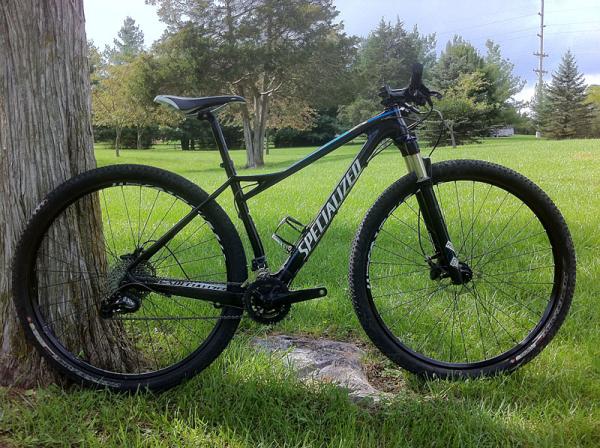
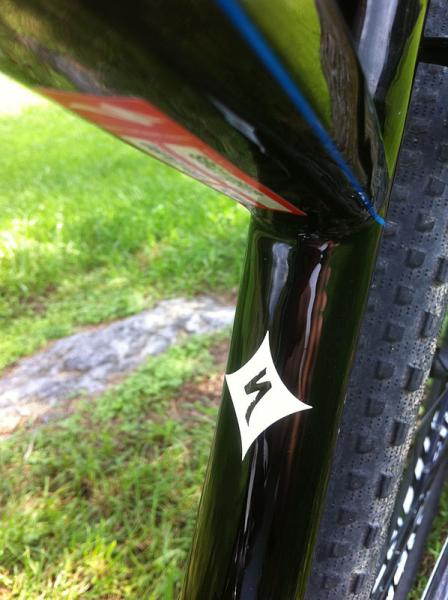
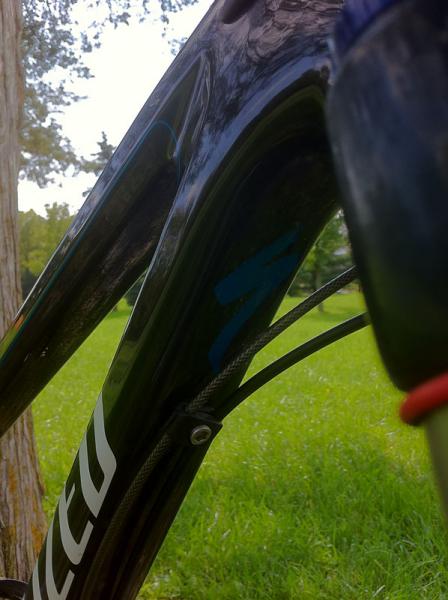
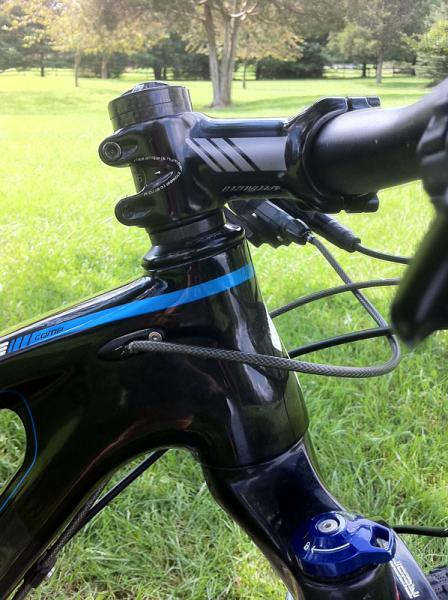
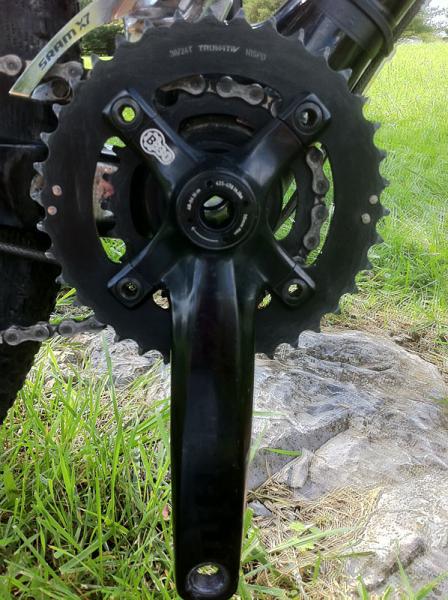
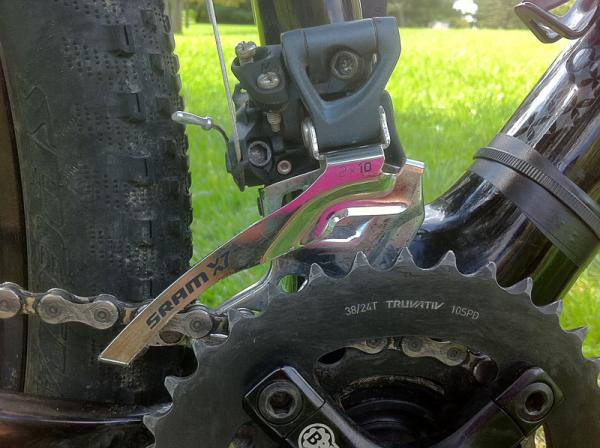
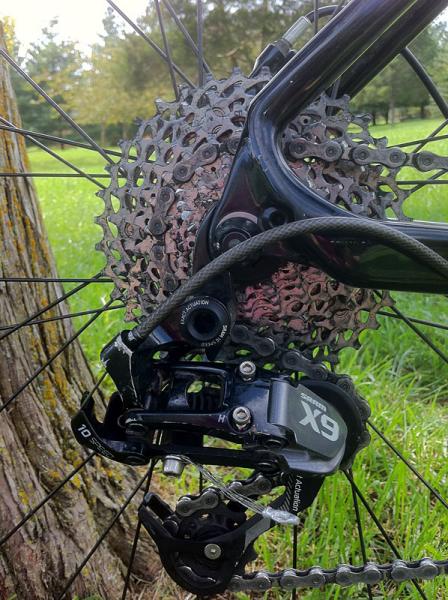
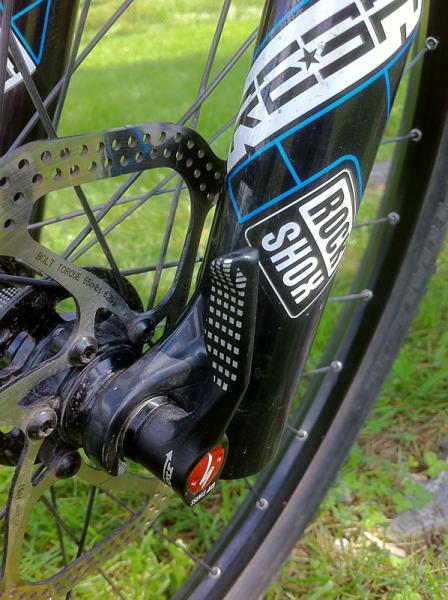
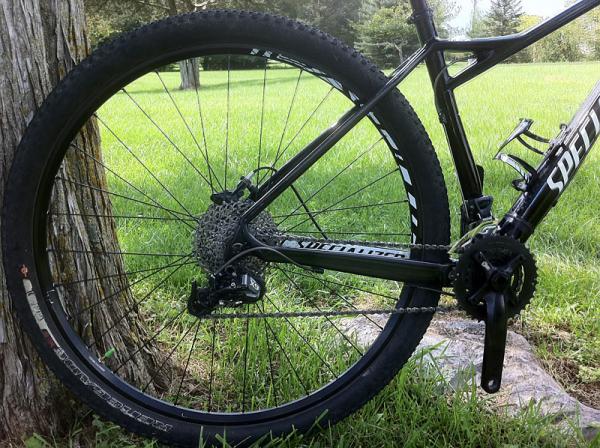
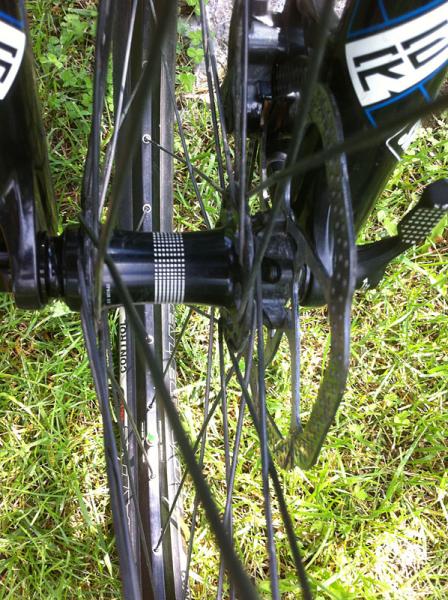
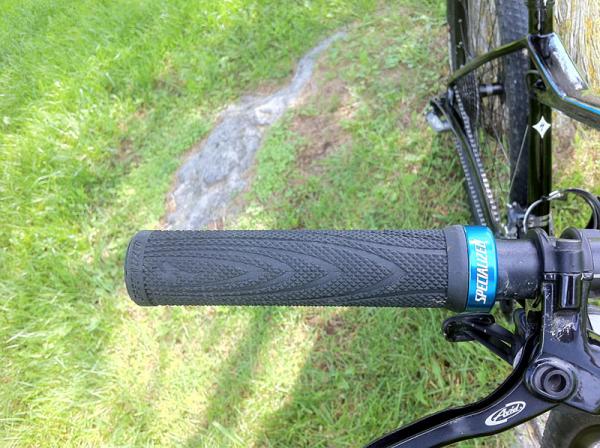
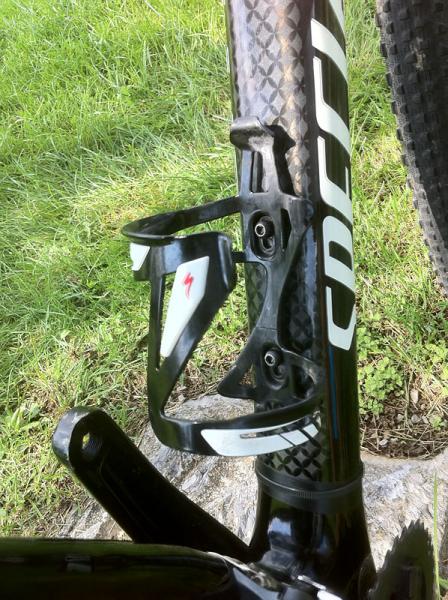
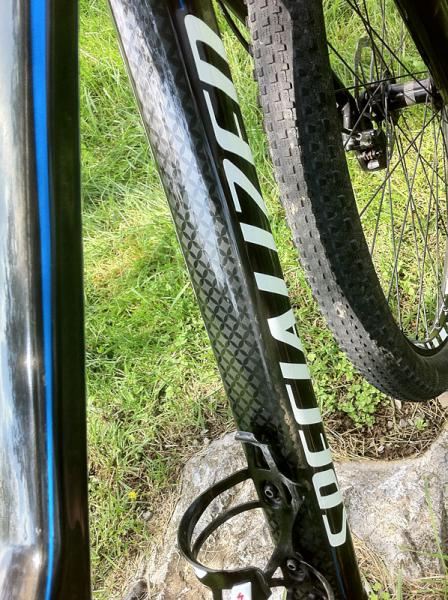
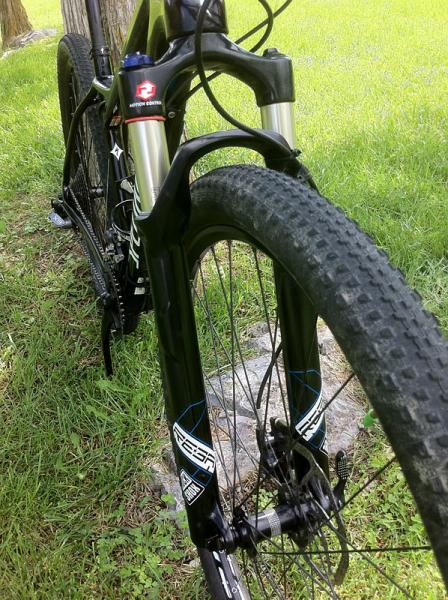
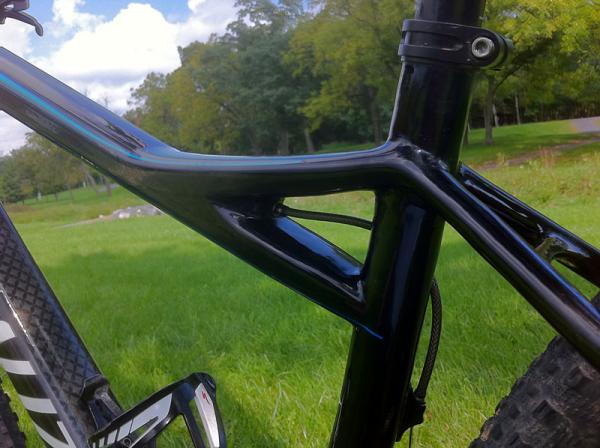
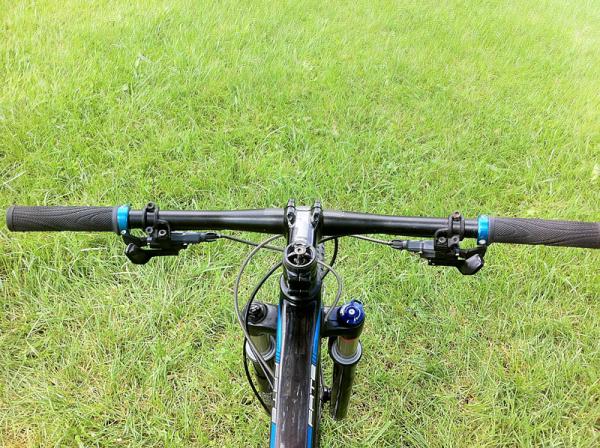
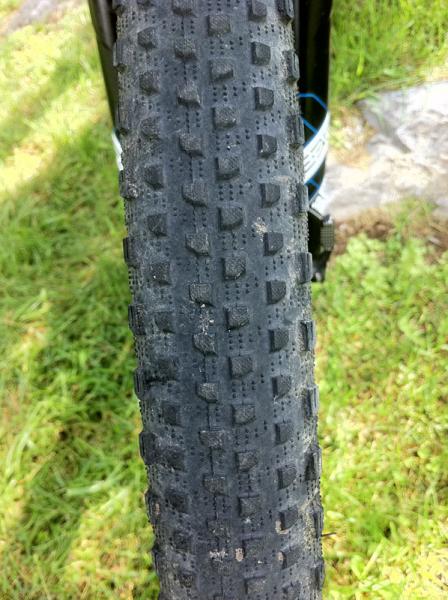
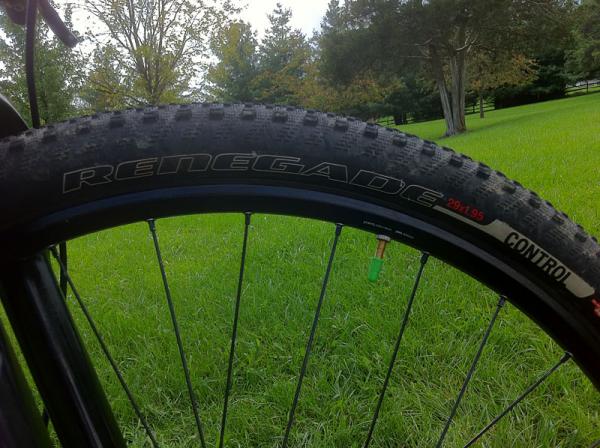
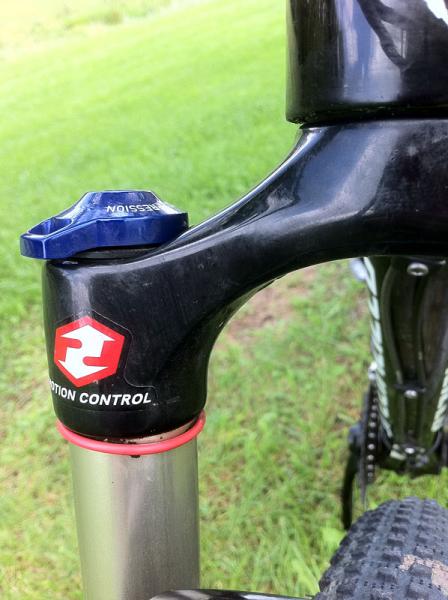
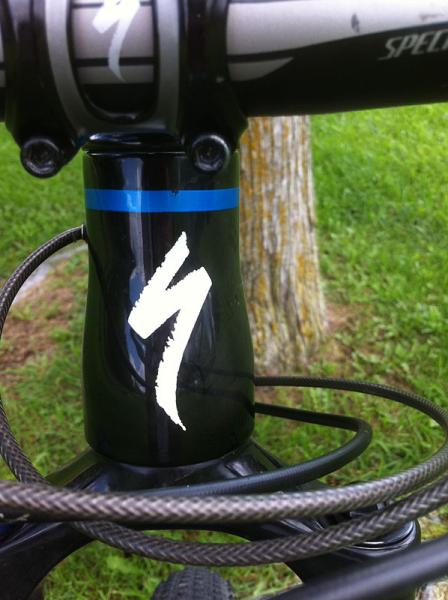
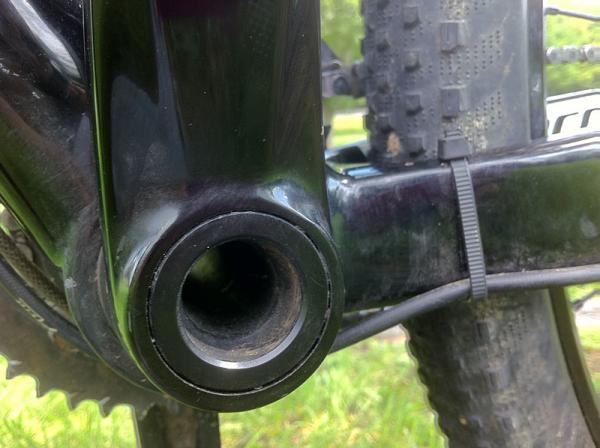
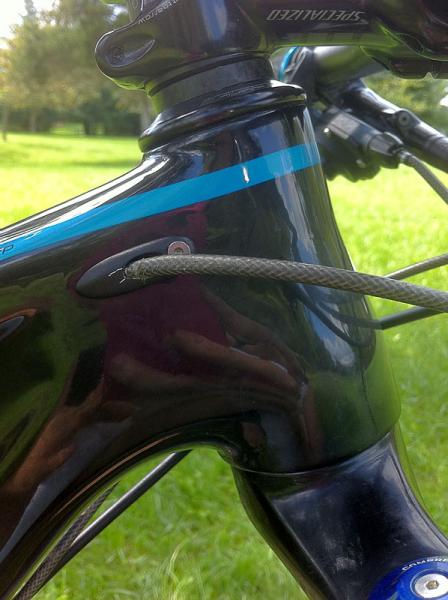
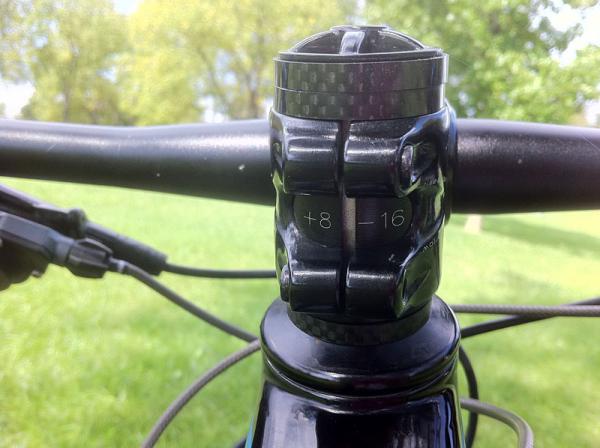
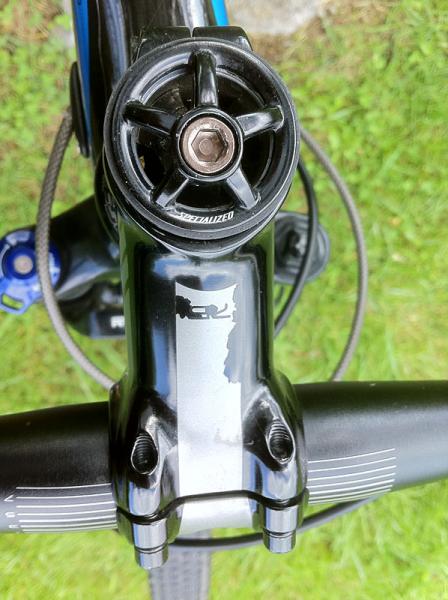
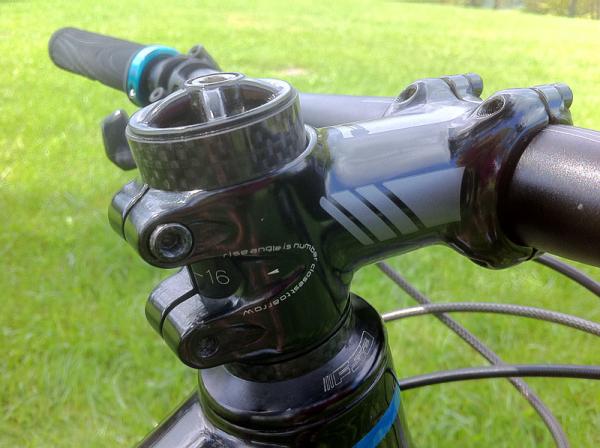
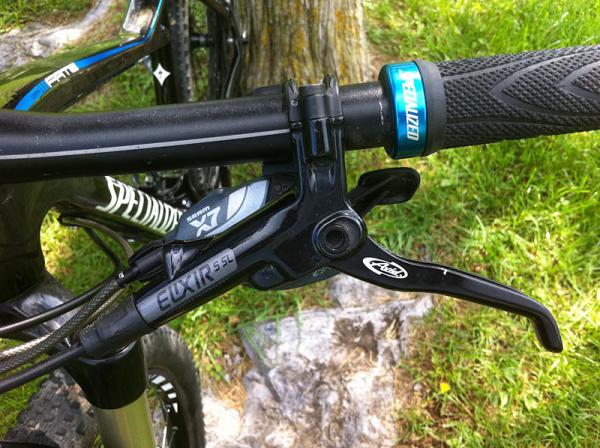
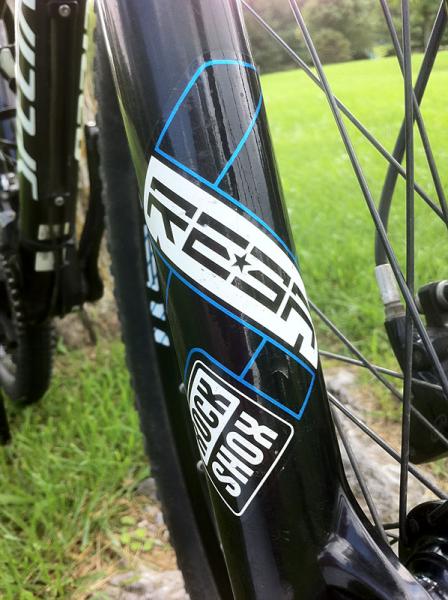
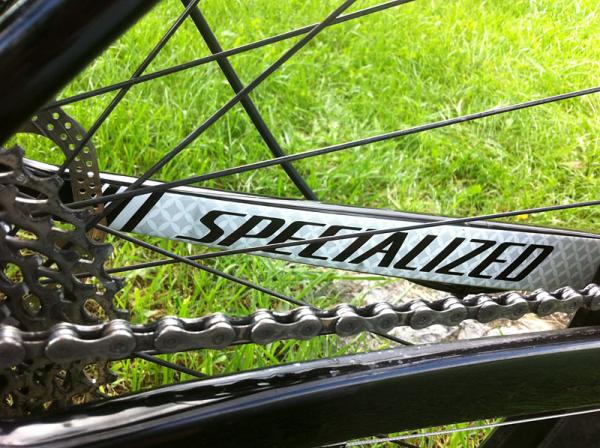
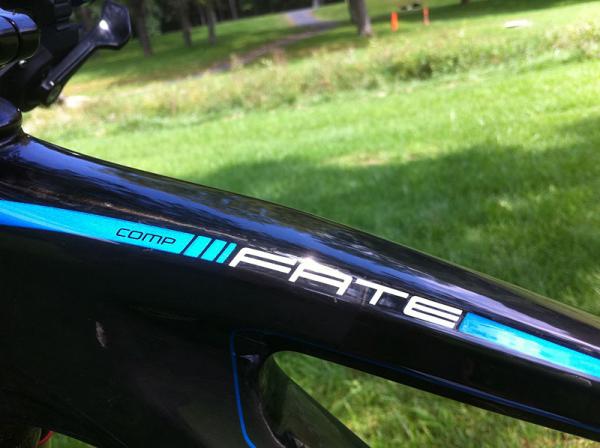
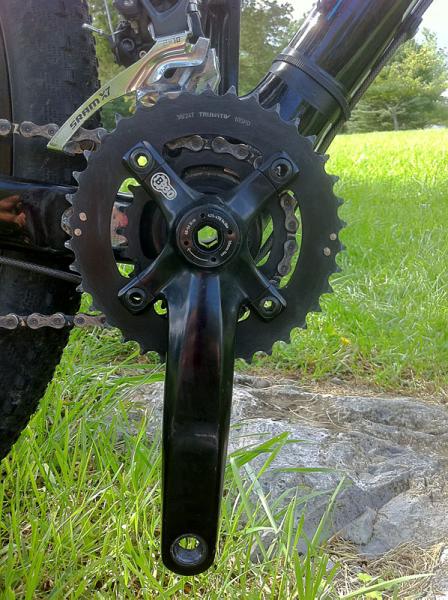
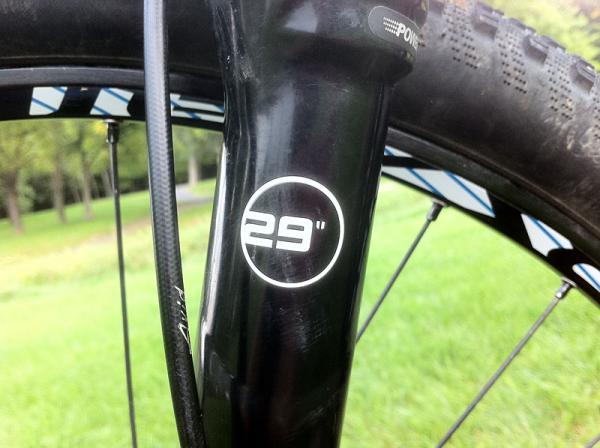
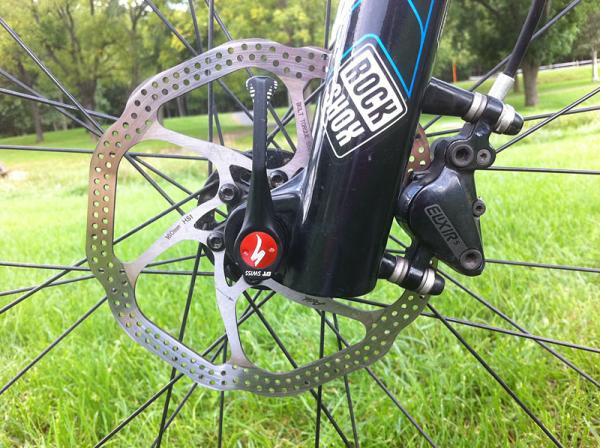
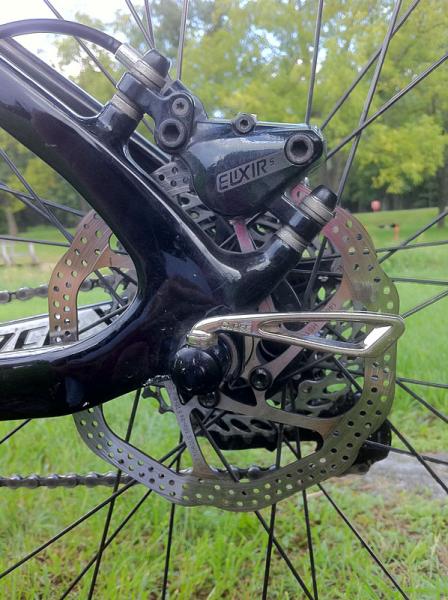
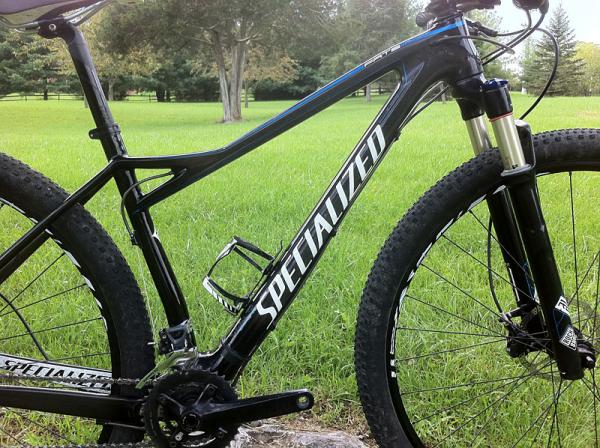
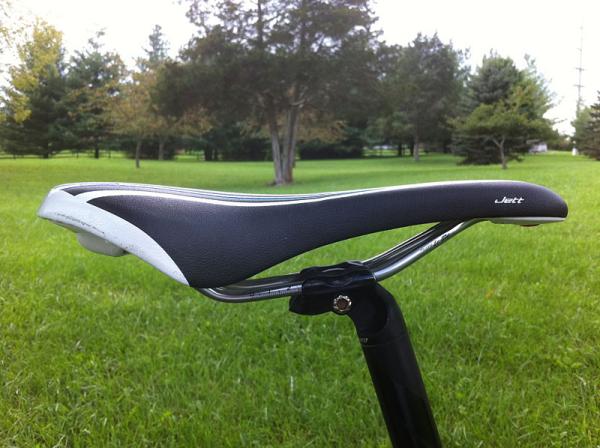
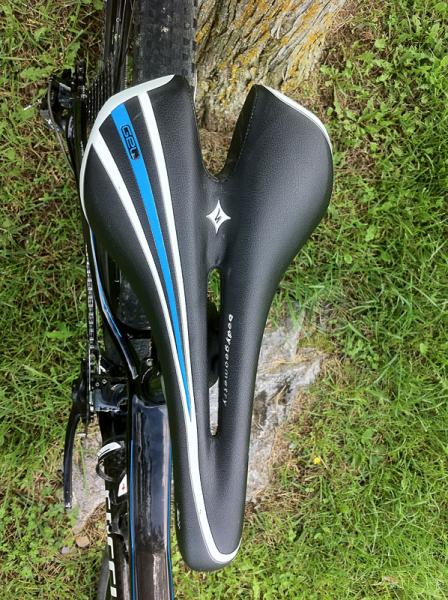
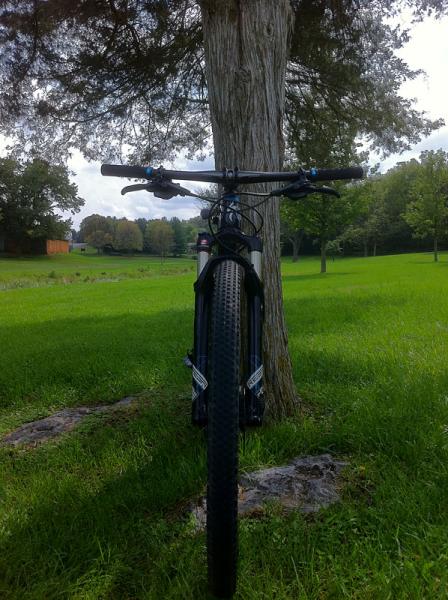
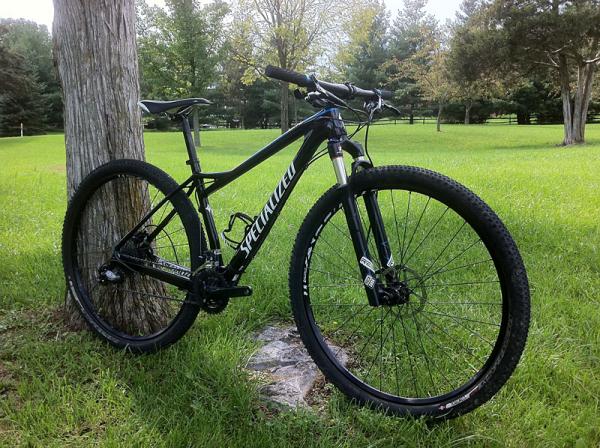
Specialized touts the Fate as the world's first female-specific carbon fiber 29er. At the bike's launch in Offenburg, Germany, it was described as "race ready and trail capable". Testing proved that to be the case for this nimble-handling, all-round cross country hardtail.
Ride & handling: Confidence-inspiring ride that climbs like a dream
Playful. That's the personality of the Specialized Fate as it emerged during more than 40 hours of riding and 10 hours of racing time in the saddle. It's hard not to ride this bike with a big grin on your face. It lived up to its "race ready and trail capable" description as it was used for events ranging from a 20-minute singletrack time trial to five-hour big mountain stages (including hour-plus-long climbs) in a local underground mountain bike race.
It also performed well on a large variety of trails – the bike was ridden on rugged East Coast terrain in Virginia, West Virginia, Pennsylvania, Vermont and Massachussets, and on super buff-west coast terrain in the Rocky Mountains of Idaho and Montana. The Fate's handling is quick but not twitchy. It confidently responds to rider input and changes direction at a moment's notice, but doesn't feel unstable or likely to oversteer. It rides quietly, soaking up what's thrown at it without noise or rattling.
The Fate climbs like a dream. Long climbs, short climbs, steep climbs or gradual climbs – bring them on! Thanks to its gearing selection (more on that later) and its geometry, the bike sticks to steep trails like glue when going uphill. As is characteristic of 29er hardtails, it's also excellent on road. The time will zoom by as you pedal efficiently on dirt or paved roads from one trailhead to the next.
On the downhills, it's predictable but not boring. Attention is still required – it is a hardtail after all, and one with just 80mm of front suspension, so there's no getting around the need to pick a good line to stay out of trouble. However, the bike will go where it's asked when it's asked to do so. The short-travel RockShox Reba RL fork keeps the front end nice and low, which helps the racy feel of the bike, but 80mm feels inadequate when you're used to riding and racing with 100mm. The extra 20mm was missed, especially on high-speed downhills
Our Fate Comp test bike weighed 10.47kg (23.08lb) out of the box, without pedals, and was met with appreciative comments about its weight when picked up by curious female riding buddies. Its shape, weight and size make it easy to push up the inevitable hike-a-bikes or carry it over downed trees or other too big-to-ride obstacles. The bare frame weighs 1.24kg (2lb, 12 oz), which means you can replace the stock components as they wear out and easily lighten up the bike.

Frame: Racer-friendly reach but tons of standover room
Out of the box, the Fate Comp's predominately glossy black color stands out as understated but classy. Mercifully, the bike doesn't scream "women's-specific". With its blue and and white trim and accessories, it has a timeless appearance that should appeal to women and men, and should hold up well to the inevitable mud and dust of mountain biking.
Specialized has used grade 8R carbon fiber throughout the frame, which is the same for the more expensive (US$3,600) Expert-level complete bike, with custom layouts for each size (15, 17 and 19in). Since women aren't generally as heavy as men for a given height, the bike doesn't have to be as beefy as a bike designed for use by men; the thin-looking seatstays will make male riding pals nervous. Our 5ft 5.5in tester comfortably fit on a 17in Fate – that opens the door for many shorter women, who may have previously wondered if they could fit on a Specialized, to fit onto the 15in bike.
The company's goals in designing the frame included plenty of standover clearance but a long and low enough reach to feel like a race bike. That mission has been accomplished by adding a gusset at the junction of the seat tube and top tube. There's tons of standover room – something that should inspire confidence in riders still working their way up the mountain bike learning curve, as there's lots of room to bail in emergency circumstances – yet the reach is long enough that more experienced riders and racers should feel comfortable.
The Fate's frame has bosses for one water bottle cage – and yes, a full-size bottle does fit. On the size 17 we tested, there appeared to be room inside the front triangle for two bottles – something that it would be nice to see on future versions of the bike for times when extra water carrying capacity is needed. The Fate's 304mm bottom bracket height (for all sizes) is on the low side and will be noticed by riders used to having more clearance. Our test frame came with no chainstay protector, but Specialized confirmed that production bikes will ship with such protection.
Equipment: A solid spec, but we weren't impressed by the contact points
Both Fate models are equipped with a mix of SRAM family and Specialized components. On the more modestly spec'd Fate Comp, the X9 rear derailleur combined with X7 shifters and front derailleur worked flawlessly, no matter how much dust or mud was thrown at the 2x10 drivetrain. The Truvativ crankset efficiently transferred power via 38-24T chainrings and an 11-36T cassette.
Having the 24-tooth ring at the front, coupled with a 36-tooth gear out back, made it possible to spin up steep climbs and made up for that "big gear" feeling that comes with 29ers that have the more standard 26-tooth inner chainring. The 17in bike has 170mm crank arms instead of the more common 175mm, and the extra leverage was missed. The 19in size comes with 175 cranks, while the 15in has 165mm cranks.
Avid Elixir 5 SL brakes did the stopping job well enough, though the rear brake had to be bled once during our five-week test. The test bike came with 140mm front and 160mm rear rotors but production bikes will come with 160mm rotors at both ends. We didn't have any issues with stopping power, whether on steep or 15-minute-long gradual descents.
One of the best things about the Fate was the relatively easy setup. The own-brand multi-position stem, with its four different possible angles, combined with three spacers made it easy to find the perfect position for the bars. It only took one ride on the tube-filled tires (how the bike comes out of the box) to remember why tubeless is better. What came next was the easiest ever conversion. Tubes were removed, valves were swapped and sealant was added, and less than 10 minutes later, the tires were ready to go. The pre-installed rim strap tape worked as it should.
Saddle and grip choice always comes down to personal preference and we didn't like either of the stock items on the Fate. The uncushioned, round lock-on grips aggravated our hands and wrists painfully even on short rides, so they were quickly swapped for a more ergonomic choice. The saddle was nowhere near as comfortable as it could be and creaked annoyingly. A replacement saddle did the trick on both counts.
The 1.95in Specialized Renegade Control front and rear tires would be good for racing and riding in some conditions, but weren't suited (too skinny and not rugged enough) for the terrain ridden and raced in this test. They were fine on tacky, hardpacked terrain without many rocks, but those who ride loose and/or rocky terrain will probably want something more substantial and/or grippy. We suffered two flats during testing – as many as we've had riding tubeless on other tires for an entire year.
The Fate Comp's front suspension is handled by a RockShox Reba RL, set to 80mm of travel and with a manual lockout on top of the right leg. It performed well throughout the test. The only technical issue encountered was a non-riding one – a tiny bolt holding the cable guide onto the fork's crown snapped off while it was being taken out and put back in so we had to use a zip-tie instead. The fork can be taken apart and reset internally to 100mm of travel. However, Specialized warn that the bike was designed around the 80mm setup, so any changes will affect the handling and feel of the bike.
Tester says...
Sue George: "I normally ride bikes that aren't women's-specific. My current personal rig is a one-year-old Specialized carbon Stumpjumper 29er hardtail (not a women's bike) and I was curious to see how the Fate would ride in comparison. With due respect for the different weights, design intentions, geometries and specs, the Fate was equally fun to ride, although it did have a somewhat different feel – appropriately so, given those factors.
"Although the 17in Fate has a 15mm shorter top tube than the 17.5in Stumpjumper, I was able to achieve a position that felt identical and equally comfortable – and I had the option to get lower over the front end on the Fate. The handling felt quicker and as a result the Fate ate up tight, twisty singletrack, with or without roots, like a dream. It wasn't quite as stable in straight slow speed rock gardens – it's not that either bike's feel was better or worse, the rides were just different.
"Specialized pros like Rebecca Rusch and Lea Davison have been racing a version of the Fate this summer with the same geometry but a higher grade carbon, though not quite S-Works. Rusch just won the Leadville 100 on her Fate while Davison raced to silver at the US National Championships and won the US Pro XCT Missoula cross country race. We're hoping that Specialized will offer a version of the higher-end frame to consumers for the next model year."
This review also appeared on Bikeradar.com.
Sue George is an editor at Cyclingnews. She coordinates all of the site's mountain bike race coverage and assists with the road, 'cross and track coverage.